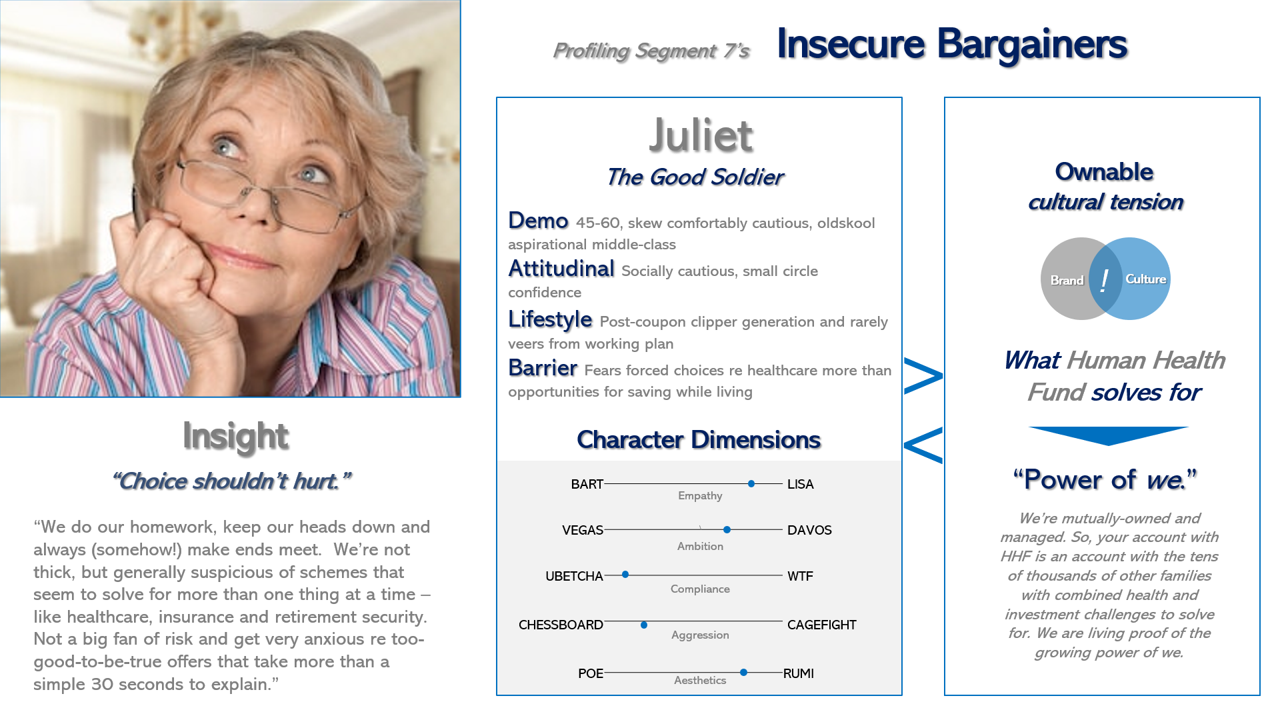If you’ve seen the steady daily hand of New York’s Governor Andrew Cuomo on Youtube this spring, you know that the corona virus pandemic has forced a once existential choice into consideration – what matters more, our health or our economy? Intellectually and emotionally we all know the answer is our health. Yet the great challenge of our day has become how can this seemingly impossible circle be squared?
Is this you?
You are the founder and CEO of an engineering firm of about 75 employees. You care a lot about retaining top talent because you know that’s where your competitive advantage and pricing power are secured. Or maybe you are a benefits manager with a regional retailer of 600 employees, most of whom battle through life on a less than fulsome salary because the high-value health care insurance coverage you’re able to provide. Perhaps you are a senior director of human resources at a national insurance carrier with 2,000+ mix of full-time, contract and independent workers, with almost as many compensation and healthcare coverage packages as there are job types.
In each of these cases, you are rewarded by driving outcomes – employee productivity, cost control and, perhaps most importantly, employee health. This complex set of reward factors impacts a great deal of the business decisions you make, including perhaps the most challenging in today’s payor-dictated healthcare market – how do you incentivize employees to save you both money when it comes to their healthcare treatment decisions.
All bets are off…but one.
These decisions we never easy but in the early days of a global pandemic they become quickly crowded out by more existential threats. Big stuff like forced shutdowns, massive layoffs, supply chain collapse, cancelled projects and contracts, share price implosion and business loss. It’s already axiomatic that everything has or will change. If being in business were a poker game, the invisible dealing hand suggests that all bets are off.
In fact, the most important bet – how do we care for ourselves when illness or injury strike – has become the most important bet of our lives. And with a political environment unlikely to encourage sweeping change in the form of single payor aka Medicare for all, how our people make healthcare purchase decisions, and who pays for what, is the single most important ‘bet’ Americans are making for the foreseeable future.
People and risk.
Risk in the age of the corona virus is a different beast. In normal times, some people have gotten relatively good at making decisions that balance cost against returns when it comes to our health. But like Governor Cuomo says almost every day on his video updates, we’re in uncharted waters where human health outcomes uneasily trump economic considerations.
Whether you identify with any of the three manager personas we suggest above or not, if your business depends on keeping healthy employees profitably employed, this new risk-return calculation has become not only business critical, but life critical for the people who work for you.
Who, why and what.
This presents a crucial marketing and communications challenge. Like all marketing challenges, the three missing pieces we need to assemble are – who do we communicate with (the segment), why should they care (the insight) and what do we say (the message and call-to-action).
We believe the key to every successful marketing strategy is deep, fresh and relevant insight about the human condition. We can target, write and send all the emails in the world to the people we think we need to encourage a behavior change. But, thirty-plus years of marketing across every category in almost every market suggest it’s a waste of everyone’s time, energy and money if done without deep insight.
Meet Juliet Doe.
To demonstrate our point, we leveraged the latent insight within PersonaTM, Experience Lab’s segmentation study, to develop a set of tools and briefs for creating an internal email. The sender is you, the benefits manager or other director responsible for our KPIs suggested above – employee health outcomes and cost control being foremost.

The custom Audience Profiler we developed above is Juliet, a deepened imagining of the Experience Lab’s Segment 7. Little space in our Profiler is spent on demographic data for Juliet, instead we focus on enriching a deeply attitudinal and psychographic understanding of our who (segment) with a heavy-up on actionable why (insights). All that’s missing is the what…
Better insights, better outcomes.
Surfacing and briefing fresh insight is an empty exercise if it doesn’t inform a creative and messaging strategy that drives the behavior change we wish to seek. In the mock email below, we demonstrate how briefing with deepened insights about our audience can result in a more targeted, personalized and response-triggering employee communications –

Experience has taught us that every brief is a business brief, and the critical missing piece is almost always fresh insight. The obvious point is this isn’t rocket science, nor is it art. It’s simply a deepening of marketing craft that aims to solve for better health and financial outcomes in a world turned upside down by an insidious pandemic. If solving for these kinds of once unimaginable challenges is part of your job description, let us know if we can help — reach out to Thom Kennon founder and chief strategist at Free Radicals.

